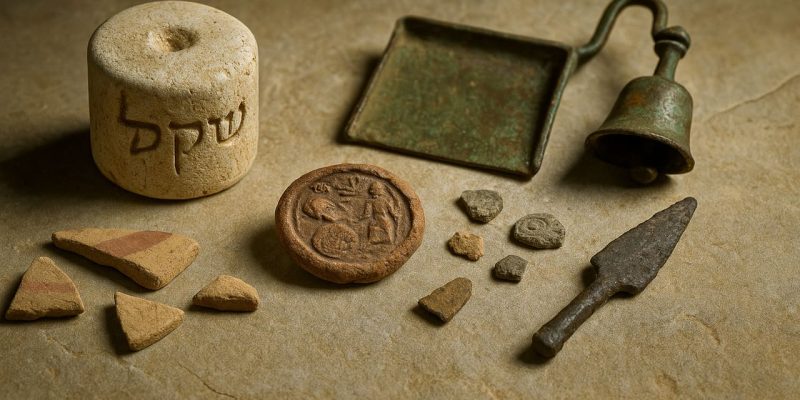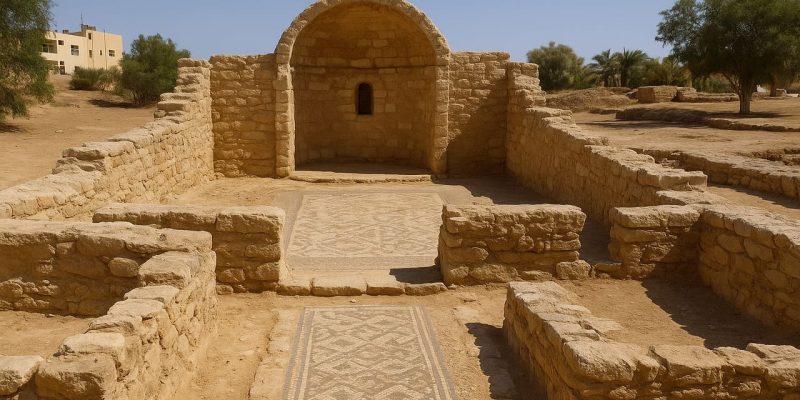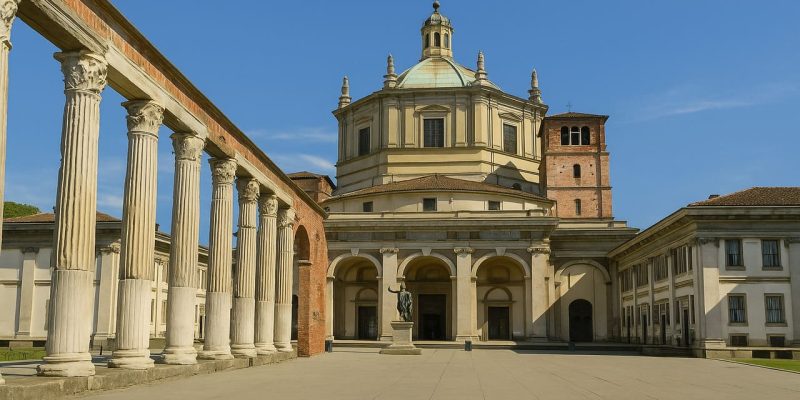Thorn Ville Church – The Temple Mount Artifacts in Jerusalem is arguably one of the most sacred and contested sites in human history. Revered by Jews, Christians, and Muslims alike. This elevated plaza has been the focal point of worship, pilgrimage, and power struggles for thousands of years. At the heart of the site once stood the First Temple, also known as Solomon’s Temple constructed in the 10th century BCE and later destroyed by the Babylonians in 586 BCE.
While no major excavations have been allowed directly on the Temple Mount due to religious and political sensitivities. Fragments of history have still surfaced through debris removal, underground tunnels, and nearby digs. These Temple Mount artifacts offer rare glimpses into the daily rituals, sacred architecture, and religious life of ancient Jerusalem during the First Temple period.
Unearthing the Past Without Touching the Ground
The most well-known archaeological project connected to the Temple Mount is the Temple Mount Sifting Project, which began in 2004. This unique endeavor was launched after unauthorized excavation and construction on the site in 1999 resulted in thousands of tons of soil being dumped into the Kidron Valley.
The sifting project, initiated by Dr. Gabriel Barkay and Zachi Dvira, involves volunteers and archaeologists meticulously examining this displaced soil. While not technically excavated in situ. The artifacts recovered have nonetheless offered invaluable insights into various historical periods including those of the First Temple era.
Also Read : The Larsa Tablet: A Glimpse Into Ancient Sumerian Mathematics
Sacred Objects and Everyday Items
Among the most compelling discoveries are items believed to date back to the First Temple period (circa 1000–586 BCE). These include pottery fragments, seal impressions (bullae), arrowheads, and even ivory fragments that suggest luxury and ritual significance. One particular find a clay seal bearing an ancient Hebrew inscription may have belonged to a high-ranking official in King Hezekiah’s administration.
Also discovered were weights used for temple offerings, indicative of the economic and ritual systems that governed worship practices. These weights often bear inscriptions or symbols (such as the ancient Hebrew shekel sign). Reinforcing their connection to the temple’s sacred economy.
While direct evidence of Solomon’s Temple such as wall fragments or temple furnishings remains elusive These items together suggest a vibrant religious center engaged in worship, trade, and administration.
Symbolism and Craftsmanship
The stylistic features of the artifacts, such as decorative motifs, inscriptions, and craftsmanship techniques. Provide insights into the cultural exchanges and religious symbolism of the era. Items such as incense shovels, bronze bells, and cultic vessels point to the complex ritual systems of temple worship.
Additionally, some architectural fragments believed to be from surrounding retaining walls or ancillary structures show Phoenician and Assyrian influences in their design. This supports the biblical narrative that Solomon employed artisans from nearby kingdoms in the construction of the temple.
The materials stone, bronze, ivory, and clay also reflect the significance and wealth attributed to the temple complex. Aligning with the biblical descriptions of gold-laden sanctuaries and opulent worship items.
Read More : The HallTree Boutique: A Stylish Stop in the Heart of Muscatine
Political Sensitivities and the Limitations of Archaeology
Despite the wealth of findings, the subject of Temple Mount archaeology is fraught with tension. Due to religious objections and political complexities, no formal, sanctioned excavation has ever been conducted directly on the Temple Mount.
This lack of access leaves archaeologists and historians to piece together indirect evidence from the soil sifting, nearby excavations, ancient texts, and comparative analysis. While such efforts have produced compelling narratives, many questions remain unanswered due to the limitations on physical exploration.
In this sense, every artifact becomes a contested piece of a much larger historical puzzle fueling both academic inquiry and political debate.
Cultural Impact and Ongoing Research
Far from being locked in the past, the artifacts from the Temple Mount continue to influence contemporary identity, scholarship, and cultural memory. In modern Israel, these findings are often displayed in museums and discussed in educational programs. Emphasizing their importance in connecting present generations to their ancient heritage.
Scholars across the globe remain invested in the study of these items. Using advanced technologies such as radiocarbon dating, residue analysis, and 3D modeling to unlock new insights. Collaborative international research projects, often crossing political and religious boundaries. Helping build a more nuanced understanding of First Temple worship and life.
Meanwhile, cultural institutions and public discourse keep the debate alive raising questions about historical preservation, religious freedom, and national identity. For many, the Temple Mount Artifacts is not just a place of stones and soil, but a living symbol of faith, memory, and continuity.






